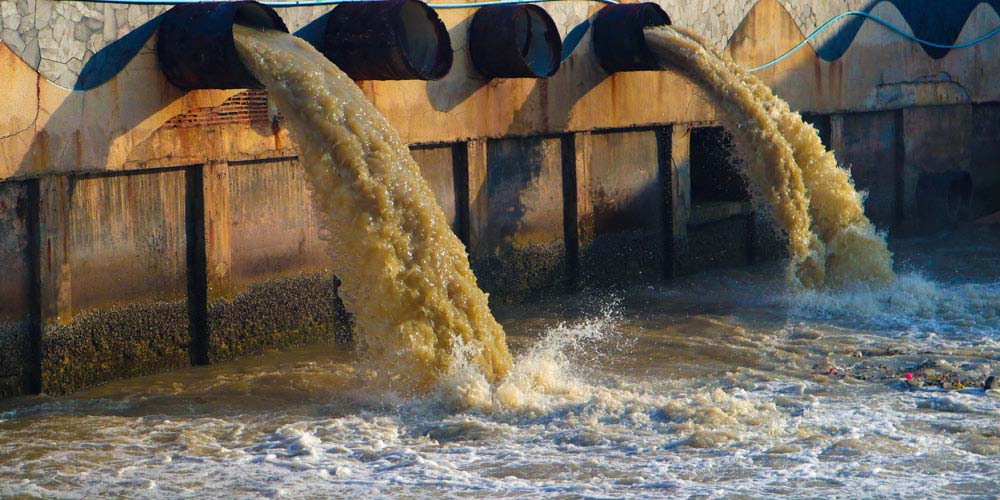Raws li cov coagulant dav siv hauv kev kho dej,PACnthuav tawm cov tshuaj lom neeg ruaj khov zoo ntawm chav tsev kub thiab muaj ntau daim ntawv thov pH ntau yam. Qhov no tso cai rau PAC kom hnov mob sai thiab tsim cov paj alum thaum kho ntau yam dej zoo, yog li tshem tawm cov pa phem hauv dej. Hauv kev kho dej khib nyiab, PAC muaj txiaj ntsig zoo rau kev tshem tawm cov khoom tsis zoo xws li phosphorus, ammonia nitrogen, COD, BOD thiab hnyav hlau ions. Qhov no feem ntau yog vim muaj zog coagulation muaj peev xwm ntawm PAC, uas muaj peev xwm coagulate cov teeb meem no rau hauv cov khoom loj los ntawm adsorption thiab coiling banding, ua kom yooj yim rau kev sib haum xeeb thiab pom.
PAM: riam phom zais cia rau optimizing flocculation
Synergizing nrog PAC, PAM plays lub luag haujlwm tseem ceeb hauv kev kho dej khib nyiab. Raws li ib tug polymer flocculant, PAM tuaj yeem txhim kho cov nyhuv flocculation los ntawm kev kho nws qhov hnyav molecular, ionicity thiab ionic degree. PAM tuaj yeem ua rau cov flocs ntau dua thiab ua kom cov sedimentation ceev, yog li txhim kho cov dej ntshiab. Yog tias qhov ntau npaum ntawm PAM tsis txaus lossis ntau dhau, cov flocs yuav xoob, ua rau cov dej tsis zoo.
Txiav txim siab qhov ua tau zoo ntawm PAC thiab PAM los ntawm cov xwm txheej floc
Saib xyuas qhov loj ntawm flocs: Yog tias cov flocs me me tab sis sib npaug sib npaug, nws txhais tau tias qhov sib piv ntawm PAM thiab PAC tsis sib koom ua ke. Txhawm rau txhim kho cov nyhuv, qhov ntau npaum ntawm PAC yuav tsum tau nce kom tsim nyog.
Ntsuam xyuas cov nyhuv sedimentation: Yog tias cov khib nyiab tshem tawm loj thiab cov nyhuv sedimentation zoo, tab sis cov dej zoo supernatant yog turbid, qhov no qhia tau tias PAC tsis txaus ntxiv lossis PAM piv tsis tsim nyog. Lub sijhawm no, koj tuaj yeem txiav txim siab nce qhov ntau npaum li cas ntawm PAC thaum ua kom qhov kev faib ua feem ntawm PAM tsis hloov thiab txuas ntxiv soj ntsuam cov nyhuv.
Saib xyuas cov morphology ntawm flocs: Yog tias cov flocs tuab tab sis cov dej turbid, qhov ntau npaum ntawm PAM tuaj yeem tsim nyog ntxiv; Yog hais tias cov sediment me me thiab cov supernatant yog turbid, nws qhia tau hais tias qhov ntau npaum ntawm PAM tsis txaus, thiab nws cov koob tshuaj yuav tsum tau nce kom tsim nyog.
Qhov tseem ceeb ntawm kev sim lub thawv (tseem hu ua kev sim beaker): Hauv kev sim lub thawv, yog tias muaj cov khib nyiab pom ntawm phab ntsa ntawm lub beaker, nws txhais tau hais tias PAM ntau dhau lawm. Yog li ntawd, nws cov koob tshuaj yuav tsum tau txo kom tsim nyog.
Kev ntsuam xyuas ntawm qhov pom tseeb: Thaum cov khib nyiab tshem tawm zoo los yog ntxhib, yog tias cov supernatant pom tseeb heev, nws txhais tau tias qhov sib piv ntawm PAM thiab PAC yog qhov tsim nyog.
Hauv luv luv, txhawm rau ua tiav qhov zoo tshaj plaws flocculation nyhuv, qhov ntau npaum ntawm PAC thiab PAM yuav tsum tau ua tib zoo tswj thiab kho. Los ntawm kev soj ntsuam thiab kev sim, peb tuaj yeem txiav txim siab siv cov nyhuv ntawm ob, yog li ua kom cov txheej txheem dej phwj tuaj yeem ua kom zoo dua. Hauv kev siv tswv yim, nws yog qhov yuav tsum tau ua tib zoo xav txog cov dej tsis zoo, kev kho mob, cov khoom siv tsis zoo thiab lwm yam los tsim cov phiaj xwm tshuaj lom neeg tus kheej. Tsis tas li ntawd, kev saib xyuas txaus yuav tsum tau them rau kev khaws cia, kev thauj mus los thiab kev npaj ntawm PAC thiab PAM kom ntseeg tau tias muaj txiaj ntsig thiab kev nyab xeeb ntawm cov tshuaj.
Post lub sij hawm: Lub Xya hli ntuj-17-2024


